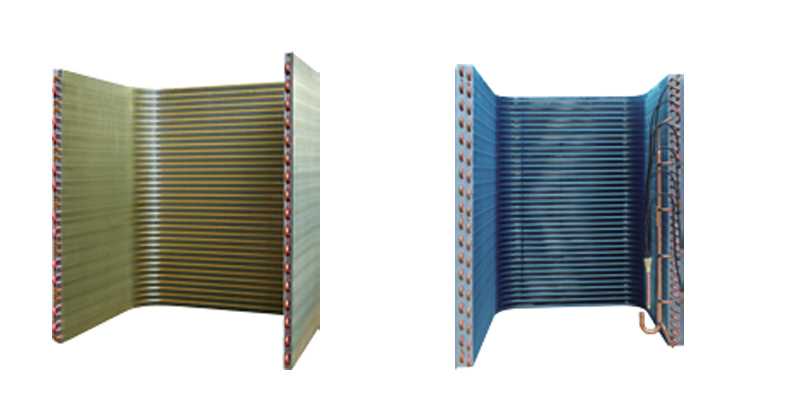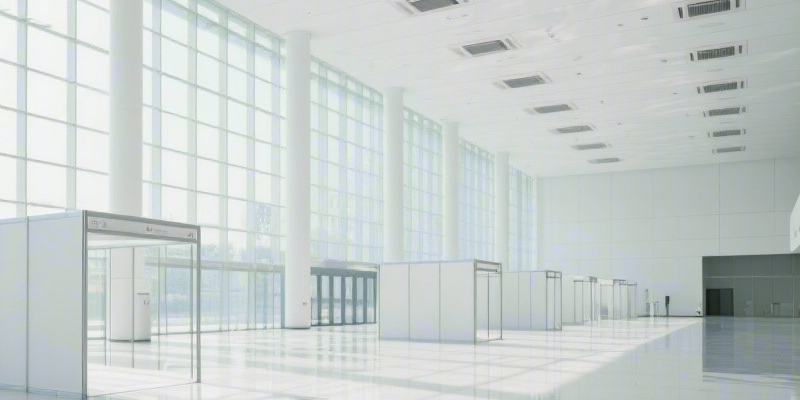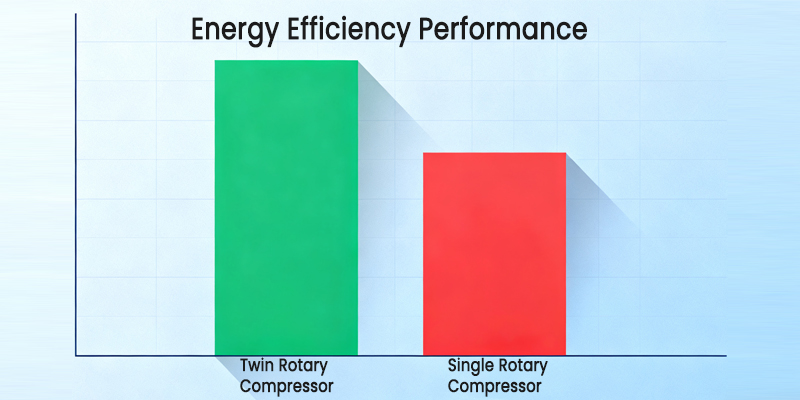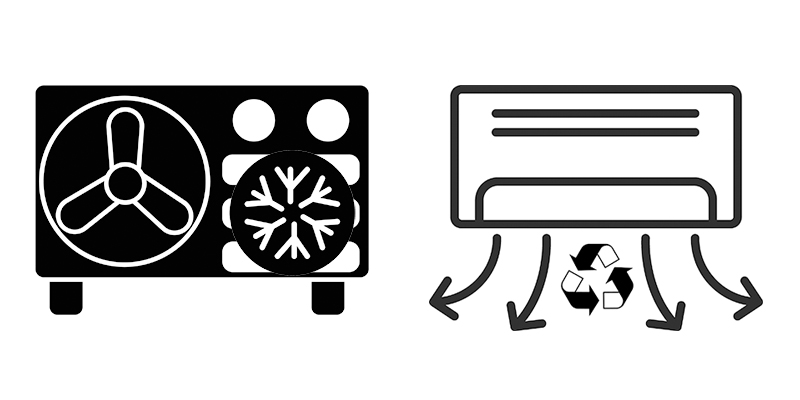Nowadays, the competition in the air conditioning market is becoming more and more fierce, while large-capacity and high-energy-efficiency machines seem to be the mainstream. But in the meantime, a new trend is silently emerging-- the small-capacity machines. They do not mean to be backward to the "lower class," but instead to redefine the balance of comfort and efficiency in more niche and precise application scenarios.
I. New demands from spatial fragmentation
As the spaces diversify in both residential and commercial use, the large-scale cooling and heating situations will be replaced with fragmented spaces.
New types of rooms are constantly emerging, such as homestays, mobile houses, shared offices, and so on. Customers are focusing on local comfort and energy consumption control, looking for coolness where they stay rather than whole-room cooling. Light commercial buildings, particularly the small dining halls, barbershops, and other places where the energy-saving and flexible installation is the first concern.
II. Small capacity ≠ Low Performance
In the previous years, small capacity machines meant slow cooling, low energy efficiency, and a short lifespan. But now, the technology innovation is giving them a new life.
The popularization of inverter technology
The adoption of a low-power inverter compressor allows small models to work with low loads and at high efficiency, achieving precise temperature control and energy savings.
High-efficiency heat exchange design
Hydrophilic aluminum foil, internally threaded copper tubes, and other new materials are adopted, allowing its compact structure to have an excellent heat exchange performance.
Smart control
Wi-Fi control, remote monitoring, scheduled operation, and other intelligent operations can be achieved on small air conditioners, providing an uncompromising operating experience.
III. Unique Advantages of Small air conditioners
Low Power Input/Output
9000 BTU (1 horsepower) or less capacity will be sufficient for localized cooling needs. It is better than other large machines in energy efficiency and power consumption.
Flexible installation
Small body, quick installation, and without space limitations. It is suitable for any type of building.
Easy Maintenance, Low Cost of Use
The compact design and standardized components reduce ongoing maintenance and replacement costs, making it ideal for short-term locations such as rental properties and pop-up stores.
We are a professional air conditioner manufacturer; if you have any questions about our products, please feel free to contact us!









